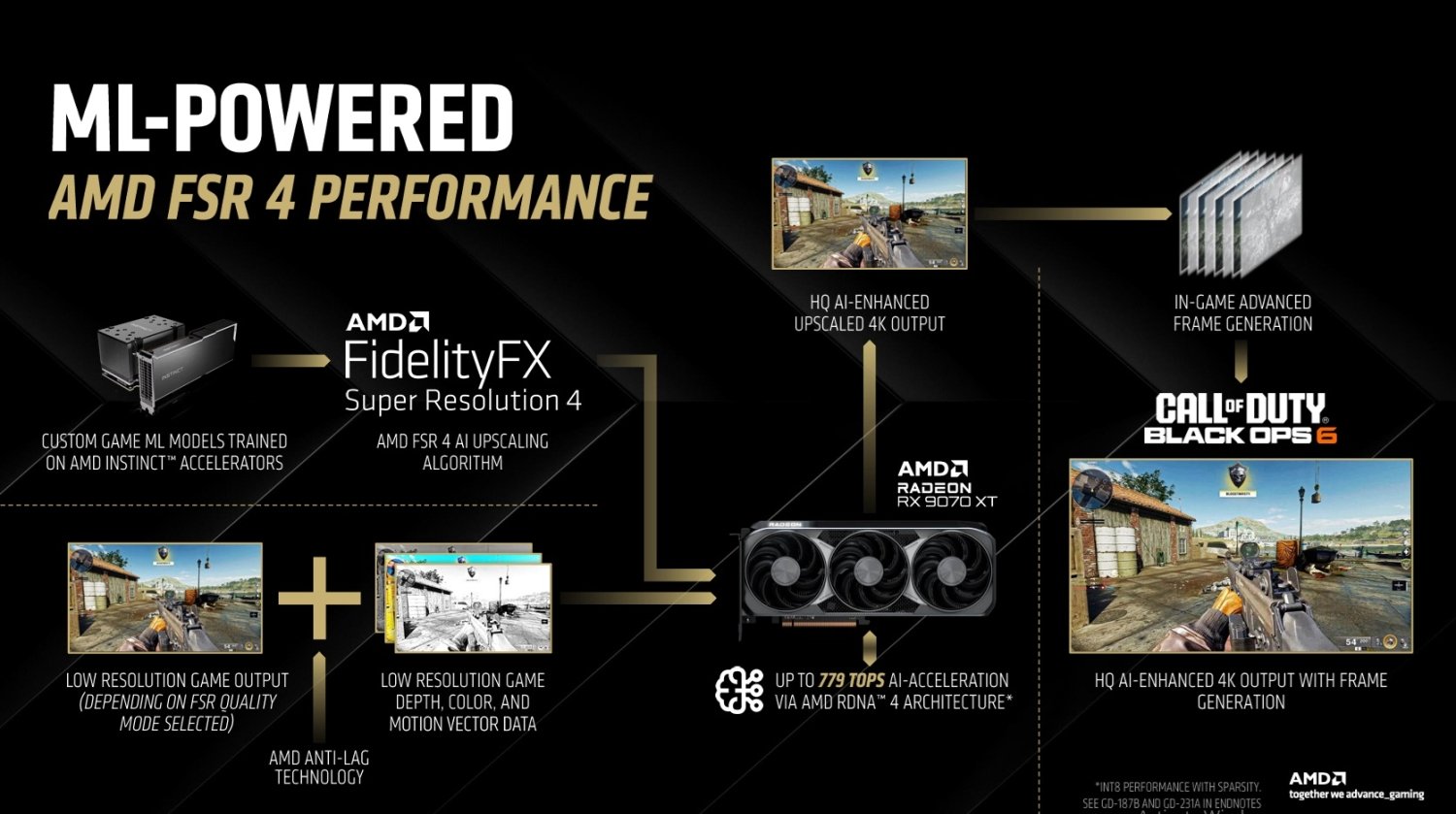
AMD working on porting RDNA 4 upscaling to RDNA 3 graphics cards says rumor
- 6 hours ago
- tweaktown.com
- Keywords: AMD, NVIDIA
AMD is developing FSR 4 upscaling for its older RDNA 3 graphics cards to better compete with NVIDIA's DLSS technology. Leaker Moore's Law is Dead reports that AMD is taking its time to ensure a successful port, with updates expected later this year or at Computex 2025.